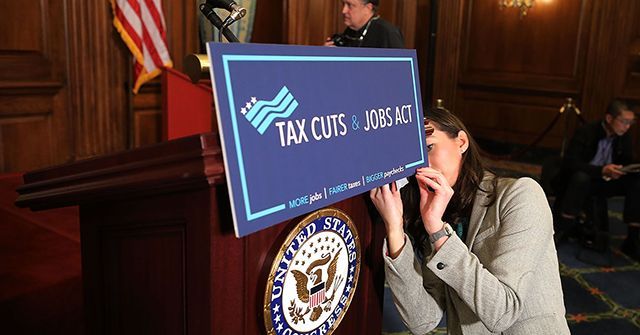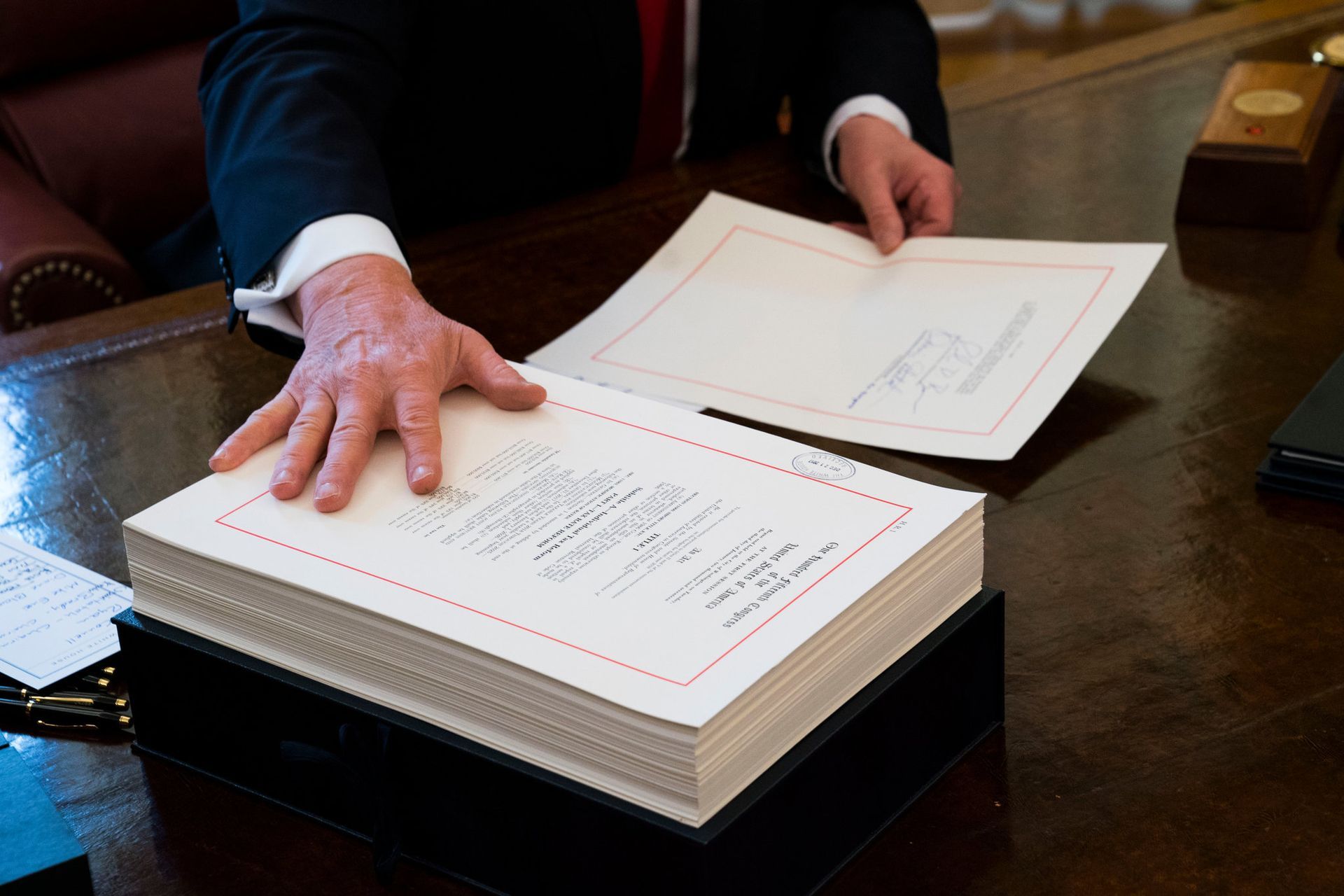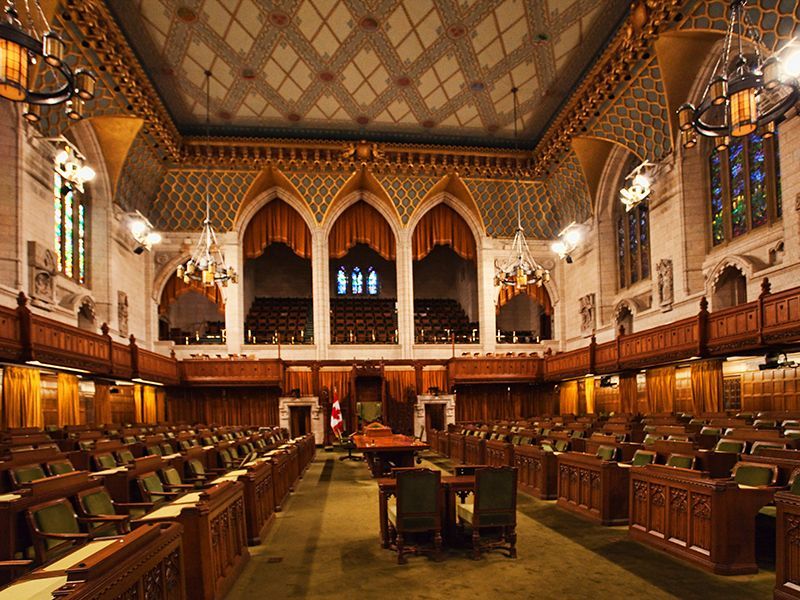Implications of the Federal Government’s Tax Cut
The federal government is in the process of implementing significant implications of tax cut that will start reflecting on Canadians’ first pay stubs in the upcoming year for Implications of the Federal.
Curious about the amendments to the Income Tax Act? Don’t worry, we’re here to provide you with a clear understanding of these changes and their impact on you.

Implications of the Federal Tax Cut for the Middle Class: How Will It Affect You?
The finance minister has introduced a motion to increase the basic personal amount, spouse or common-law partner amount, and amount for an eligible dependant, resulting in significant tax cuts for the middle class. By 2023, the threshold of income exempt from federal income tax will gradually rise to $15,000 for single taxpayers and $30,000 for those with a dependant spouse or eligible dependant. Here’s a breakdown of the proposed rollout:
| Year | Existing Basic Personal Amount | Proposed Basic Personal Amount |
|---|---|---|
| 2020 | $12,298 | $13,229 |
| 2021 | $12,554 | $13,808 |
| 2022 | $12,783 | $14,398 |
| 2023 | $13,038 | $15,000 |
No significant change for high-income earners, though. The government plans to exclude top earners from benefiting from the raised threshold, meaning the increase will apply only to lower-tier tax brackets. The basic personal amount’s increase will be phased out for individuals with net incomes above $150,473 in 2020 and eliminated for taxpayers earning $214,368 or more. Higher-income earners will continue to receive their existing amount, adjusted for inflation.
Now, let’s talk about the potential tax savings. The government anticipates that 20 million Canadians will see their taxes reduced once the plan is fully implemented. Single Canadians can save around $300 in tax each year, while families could save an estimated $600.

Minimal Impact for the High Class:
The top earners in Canada, comprising the one percent, will not benefit from this change. The government has proposed to exclude high-income individuals from the increased threshold, limiting the increase to the lower tax brackets. The phased-out process will begin for individuals with net incomes above $150,473 in 2020 and will be completely eliminated for taxpayers earning $214,368 or more. Those in higher tax brackets will continue to receive their existing amount, adjusted for inflation.
Actual Tax Savings:
How much will you actually save? The government estimates that once fully phased in, these tax cuts will benefit 20 million Canadians. Single individuals can expect annual tax savings of $300, while families are projected to save approximately $600.
Tax cuts have always been a hot topic in the realm of economics and politics. When a federal government announces a tax cut, it’s often met with a mix of excitement and skepticism. In this blog, we will delve into the implications of a tax cut by the federal government, exploring the potential benefits, challenges, and the broader economic impact.
Understanding the Tax Cut
Before we dive into the implications, let’s first clarify what a tax cut entails. A tax cut is a reduction in the tax rates or an increase in tax deductions, credits, or exemptions. Governments implement these cuts for various reasons, including stimulating economic growth, providing relief to taxpayers, or incentivizing specific behaviors such as investment or job creation.
Implications for Individual Taxpayers
- Increased Disposable Income: One of the most immediate and noticeable effects of a tax cut is an increase in disposable income for individual taxpayers. When tax rates are lowered, people have more money to spend, save, or invest as they see fit. This can provide a boost to consumer spending and stimulate economic activity.
- Potential for Savings and Investment: Tax cuts can encourage people to save and invest. With more money in their pockets, individuals may be inclined to open savings accounts, contribute to retirement plans, or invest in stocks and bonds, potentially strengthening their financial security.
- Fiscal Responsibility: While a tax cut can be an opportunity for individuals to improve their financial situation, it also requires fiscal responsibility. With the extra income, taxpayers should consider paying off debt, building an emergency fund, or investing wisely to secure their financial future.

Implications for Businesses
- Economic Growth and Job Creation: One of the primary goals of a tax cut is to stimulate economic growth. Lower taxes can incentivize businesses to invest in expansion, hire more employees, and increase production. This, in turn, can lead to job creation and a healthier overall economy.
- Investment in Innovation: Businesses may also allocate more resources to research and development when they have lower tax burdens. This can drive innovation and technological advancements, making industries more competitive on a global scale.
- Short-term vs. Long-term Impact: It’s important to note that the impact of a tax cut on businesses can vary. Some businesses may choose to reinvest their tax savings in the short term, while others may prioritize long-term growth strategies or shareholder returns.
Also Read: Are tipping subject to taxation in Canada?
Challenges and Considerations
- Revenue Impact: A reduction in tax rates can lead to a reduction in government revenue, potentially affecting public services and infrastructure. Policymakers must balance the benefits of a tax cut with the need to fund essential government functions.
- Distributional Effects: Tax cuts can sometimes disproportionately benefit high-income earners or corporations. Ensuring that tax cuts are distributed fairly and equitably is a key consideration in tax policy.
- Timing and Economic Conditions: The timing of a tax cut is crucial. Implementing a tax cut during an economic downturn can be a powerful tool for stimulus, while cutting taxes during a robust economy might have different implications.
Conclusion
Federal government tax cuts are a complex economic and political issue with wide-ranging implications. While they can stimulate economic growth, boost individual and business finances, and incentivize investment, they also come with challenges such as potential revenue shortfalls and distributional concerns. As with any major economic policy, the true impact of a tax cut depends on various factors, including the specific details of the tax cut, the overall economic climate, and the behavior of individuals and businesses. It is essential for policymakers, economists, and citizens to engage in informed discussions to ensure that tax cuts are implemented in a way that maximizes their benefits while minimizing negative consequences.
The post Implications of the Federal Government’s Tax Cut appeared first on DBM Accounting | David B. McKeand Professional Corporation.
Share This Blog











